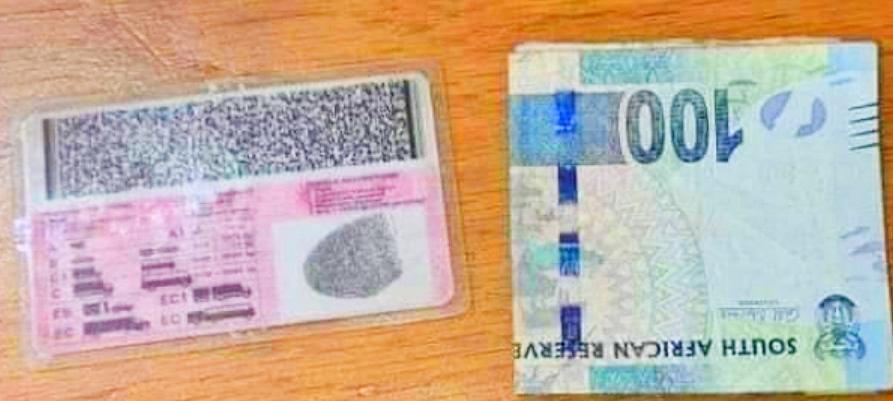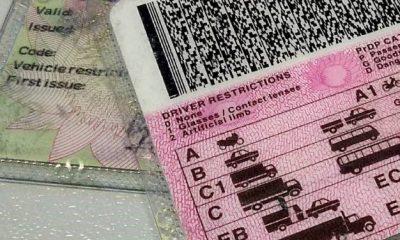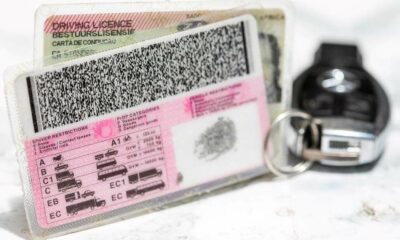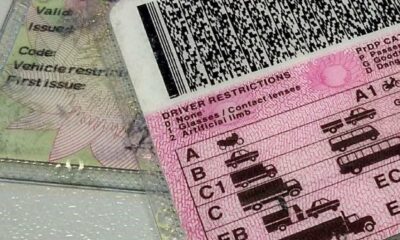News
Driving Licences are a Gold Mine Here’s Why the System May Never Go Digital

Renewing your driving licence in South Africa doesn’t just keep you legal on the road — it also feeds a multimillion-rand revenue stream for the government.
According to financial data from the Driving Licence Card Account (DLCA), South Africa’s licensing system brings in between R590 million and R620 million every year — and only a small slice of that goes toward actually producing the cards.
A Money Making Machine
The average driving licence renewal costs around R250, depending on the province. But only about R50 to R60 of that fee is used for producing the physical card, according to Werner Koekemoer, former project manager of the driving licence programme.
That means around R190 to R200 per card is pure profit — with 3.1 million licences issued annually, it’s easy to see why the system is so lucrative.
“The full application fee that you pay — for renewal or a duplicate — doesn’t reflect the cost of production,” Koekemoer explained. “Only a small portion of that is for the actual card.”
Why the State May Never Scrap the Card
So, if South Africa is sitting on outdated card-printing tech and facing long queues and delays, why not switch to digital licences like other countries?
Driving.co.za director and road safety advocate Rob Handfield-Jones believes it’s because the state doesn’t want to lose the steady revenue flow.
“There’s no practical barrier to digital licences,” he said. “The problem is the Road Traffic Management Corporation’s refusal to give up the revenue that comes with analogue documents.”
He added that other vested interests may also be involved — pointing to the slow pace of reform and resistance to transparency.
Outdated Tech, Expensive Upkeep
The current technology used to produce driving licence cards is at least a decade out of date. The machine used by the DLCA relies on paper-core laminated cards — a process most of the world abandoned 10 to 15 years ago.
“You now get fully composite plastic-type cards,” Koekemoer noted. “The software and machines we use are specific to South Africa, and some of the security measures are practically obsolete.”
A full technology overhaul has been discussed for years, but when the Department of Transport moved to procure new printing machines in 2024, the process quickly unraveled.
A Tender Tangled in Controversy
In August 2024, the department named Idemia Identity and Security South Africa as the preferred provider for new licence card printers. But just days later, Transport Minister Barbara Creecy halted the deal, asking the Auditor General of South Africa (AGSA) to investigate the tender process.
AGSA flagged major irregularities — including the fact that Idemia allegedly failed to meet key technical requirements. Despite this, the company insists it won the contract lawfully.
A legal opinion has reportedly advised the minister to proceed with the contract, but critics aren’t buying it. Civil watchdog Outa has warned that pushing ahead would mark a “major governance failure.”
As of July 2025, Creecy has not cancelled the court’s involvement and is awaiting legal clarity on the way forward.
The Future of Your Driving Licence
For now, South Africans will continue renewing physical licence cards, contributing to an ageing system that generates over half a billion rand annually for the state — even if it’s no longer fit for purpose.
Whether we’ll eventually see a digital shift or remain locked into an outdated system depends less on technology and more on political will, public pressure, and who ultimately controls the purse strings.
Source:My Broadband
Follow Joburg ETC on Facebook, Twitter , TikTok and Instagram
For more News in Johannesburg, visit joburgetc.com























